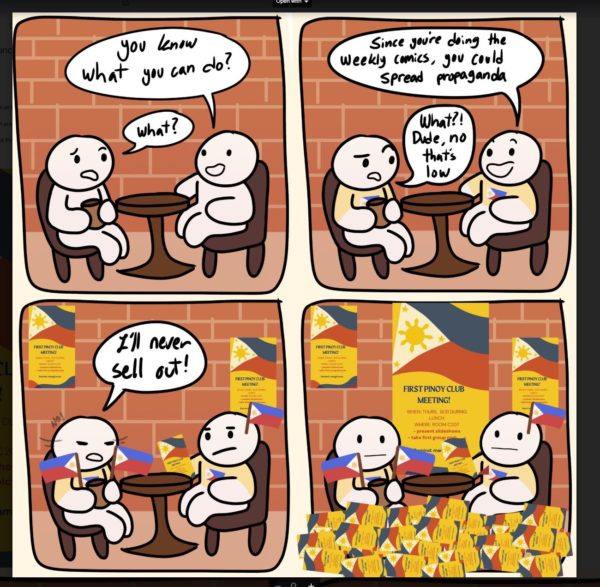Migration: The reasons for moving (Immigration Series Part.2)
October 1, 2018
 The United States has always been attractive to people outside of the country. The liberty, freedom, and striving economy gives hope to many immigrants that come from poor countries such as El Salvador, Honduras, and Haiti, among others. Recently, the 2016 election has led to a rise of misconceptions about immigrants and immigration in general.
The United States has always been attractive to people outside of the country. The liberty, freedom, and striving economy gives hope to many immigrants that come from poor countries such as El Salvador, Honduras, and Haiti, among others. Recently, the 2016 election has led to a rise of misconceptions about immigrants and immigration in general.
Every year thousands of families decide to make the decision to move out of their home country, but why? Leaving everything that they know behind and coming to an unknown location is a big step. Immigrants go through the six steps of migration which include, deciding to leave, arriving in the U.S, working in the U.S, remitting, and returning to their home countries. Immigration is a cycle that repeats itself continuously.
Leaving:
Deciding to leave is a grand step for many families and there are so many factors that play into this. First, the income gap between the U.S and other countries is grand. Therefore, this influences people to move; they need money, jobs and crave economic prosperity in order to support their families. According to the New York Times, a man by the name Armenta, Velasquez, had tried to come to the U.S in order to support his wife and three children in Mexico. “He couldn’t find a job in Mexico that would give a decent life for his family.”
Second, the societal factors of their home countries, specifically the violent ones such as Honduras or El Salvador push people to move out of concern for their safety. As stated by the New York Times, Since 2009, migrants seeking asylum from Mexico and Central America’s Northern Triangle region — Honduras, El Salvador, and Guatemala- have surged at the border at a relentless pace, fleeing gang violence and poverty.
Arriving:
Stepping foot in U.S soil can be extremely intimidating, whether that is coming from a plane or making your way through the desert or the ocean. Not knowing the environment and feeling like a small fish in a big pond is kind of scary.
Working:
Finding jobs as an immigrant can go two ways due to the structure of the economy. The economy is divided into two sectors; the Primary sector (higher paying jobs that require an education) and the secondary sector (lower paying jobs that don’t require any education). Immigrants that have a visa and an education background have the opportunity of working with tech companies or higher paying companies in general. Whereas immigrants with no educational background end up getting working in low paying jobs in industries as agriculture, and restaurants.
Finding a job within the United States ultimately influences remittances (sending money back to their home country). Many people come over to help their families. Therefore, people spend a majority of their paycheck sending it over to their families in their home country.
Arriving at an unknown country is extremely intimidating because you don’t know anything sometimes and assimilating is very difficult. Therefore, when the economic needs of immigrants are fulfilled, many end up going back to their home country.
The migration of human beings from country to country is an ongoing cycle that repeats itself generation after generation.










